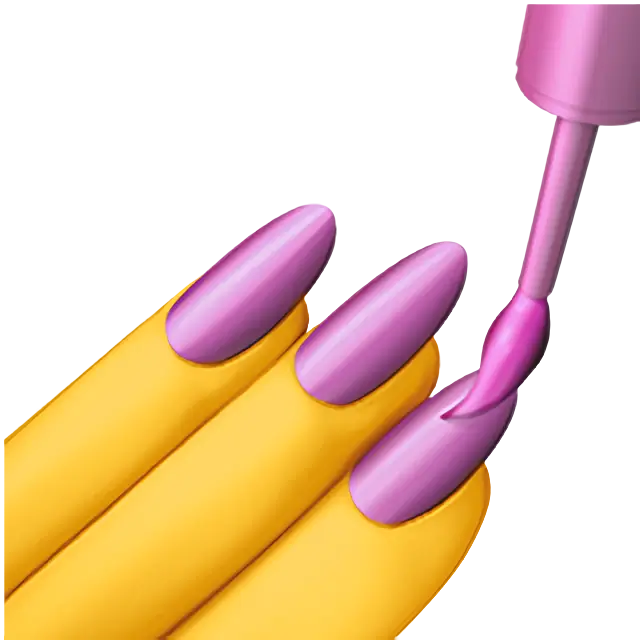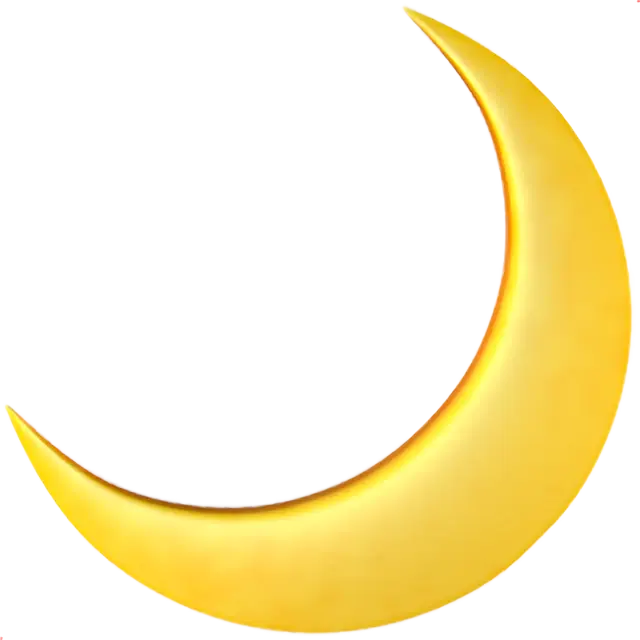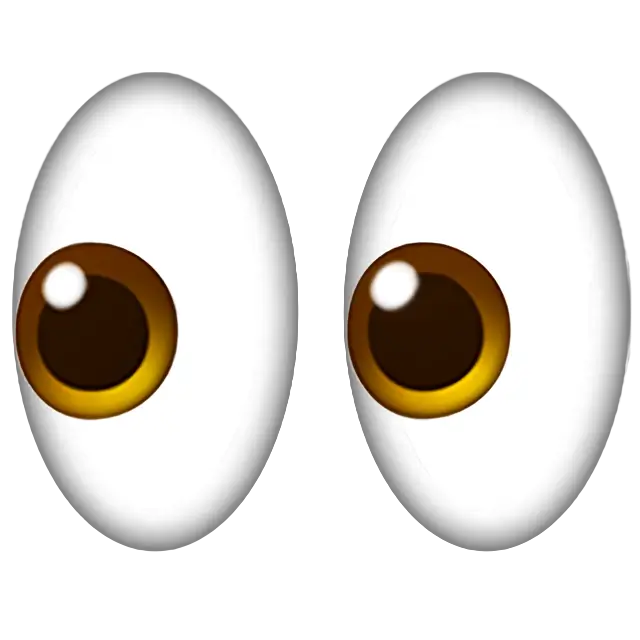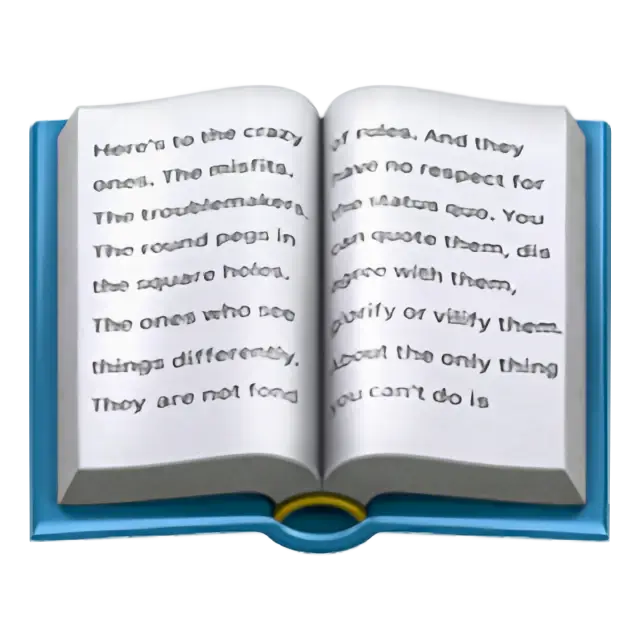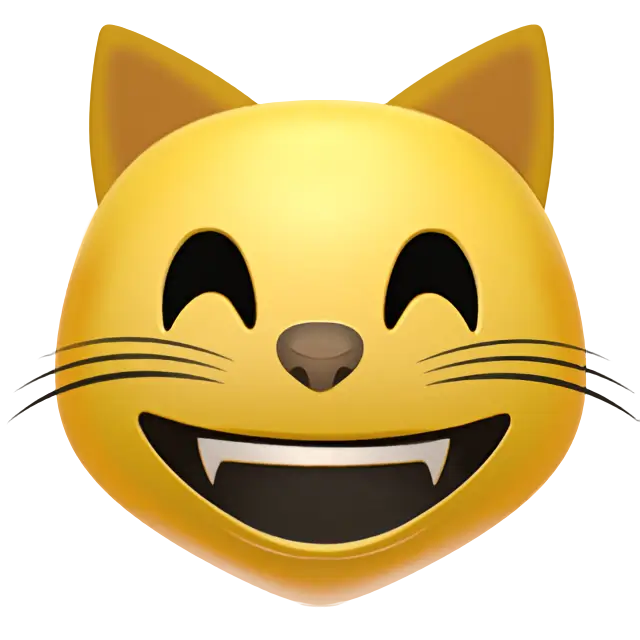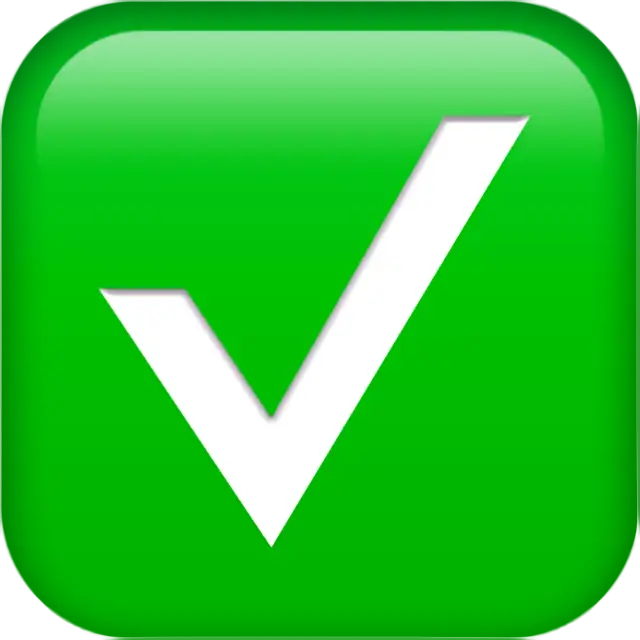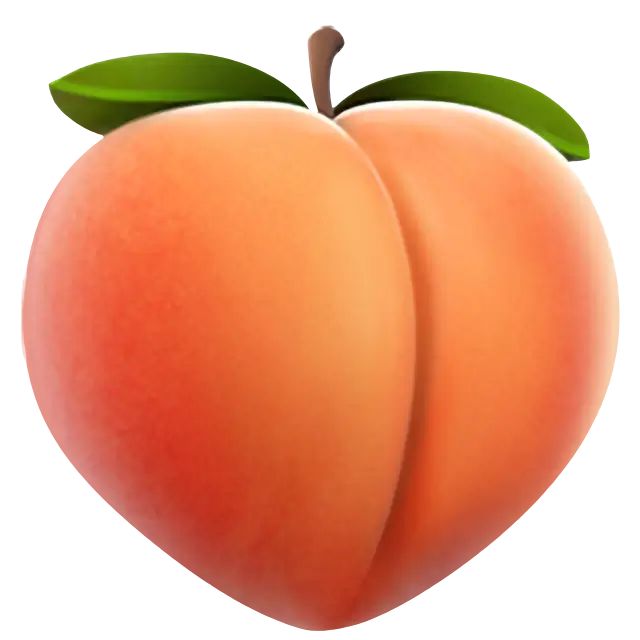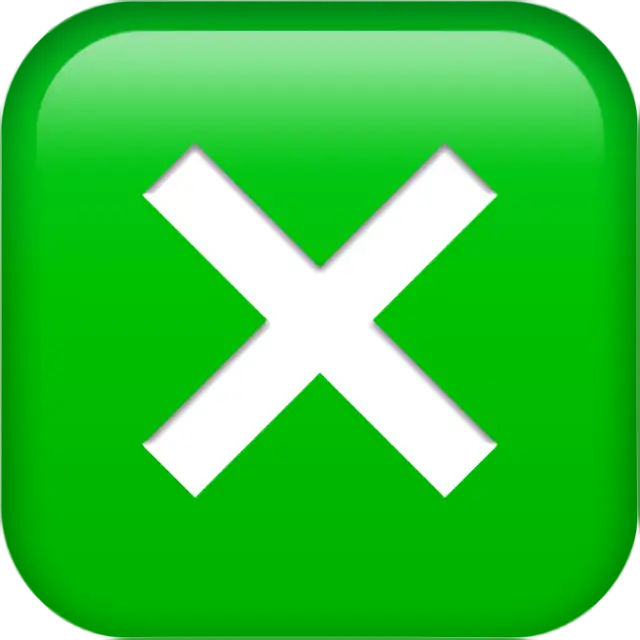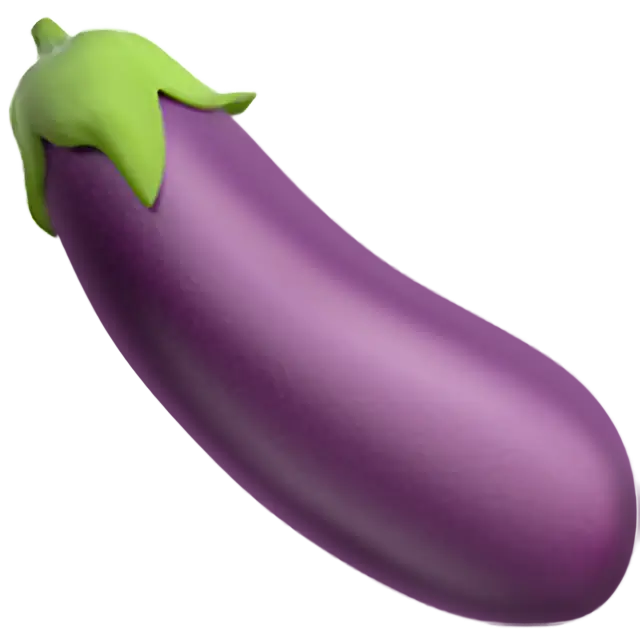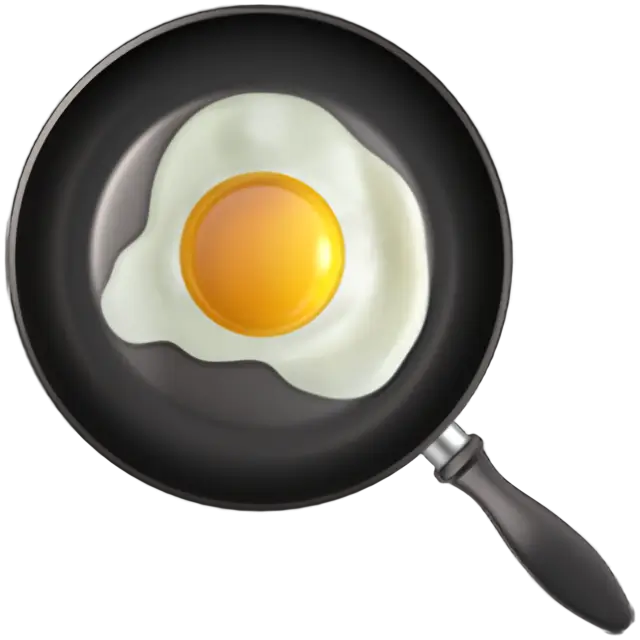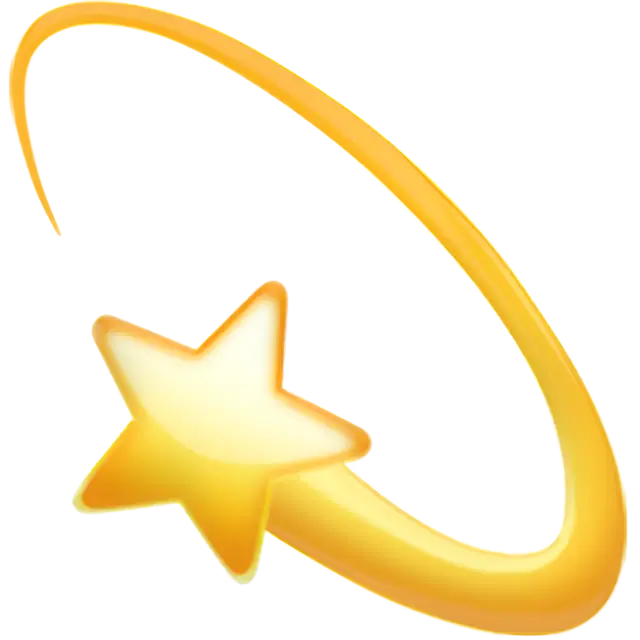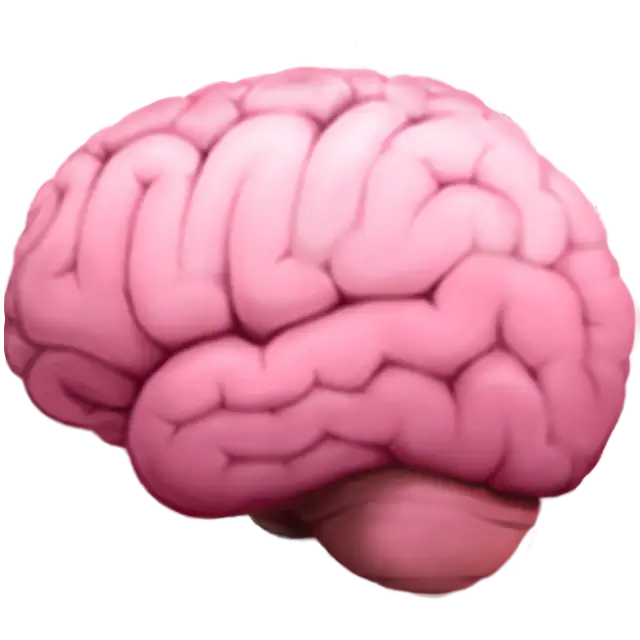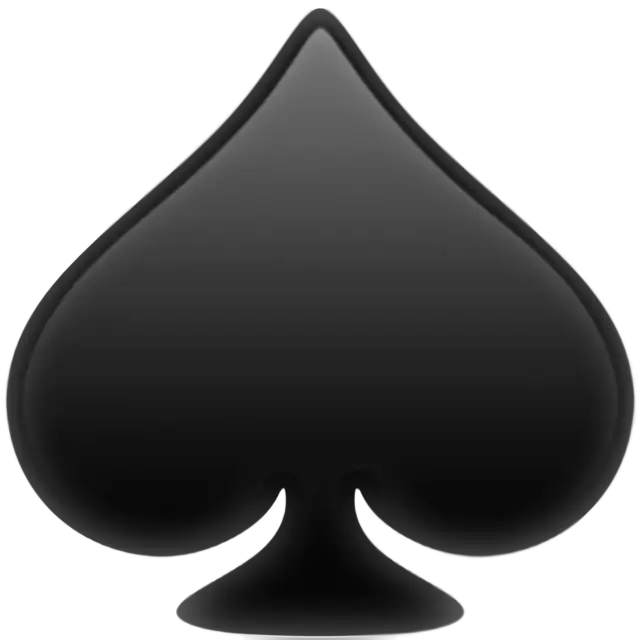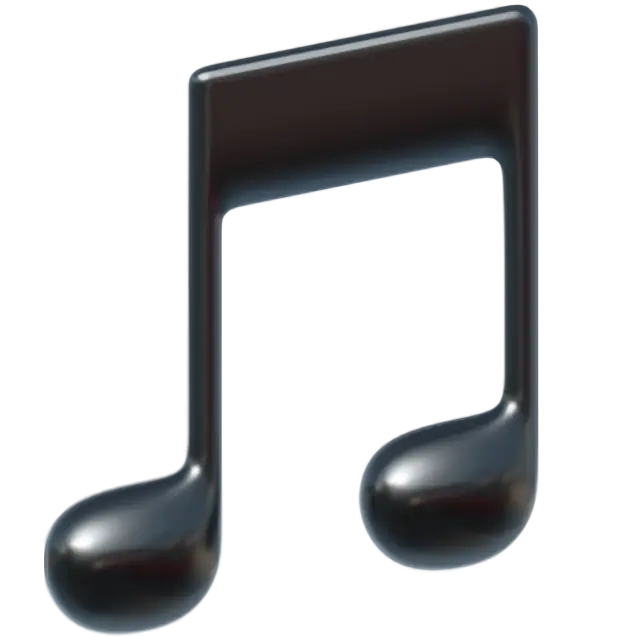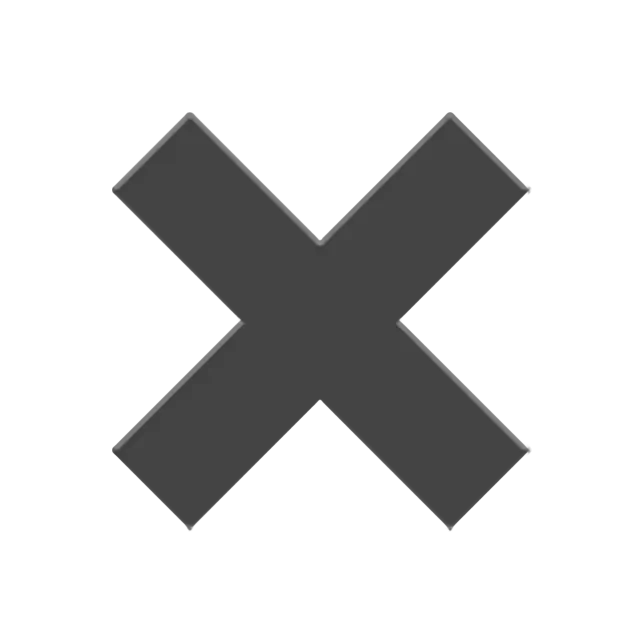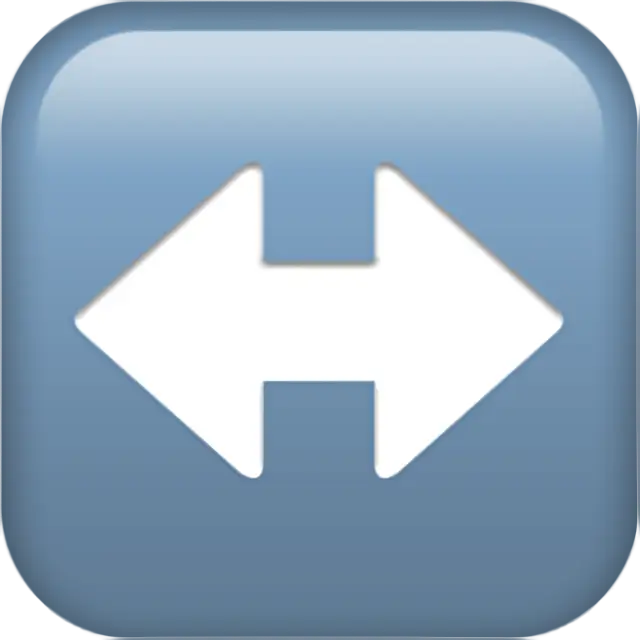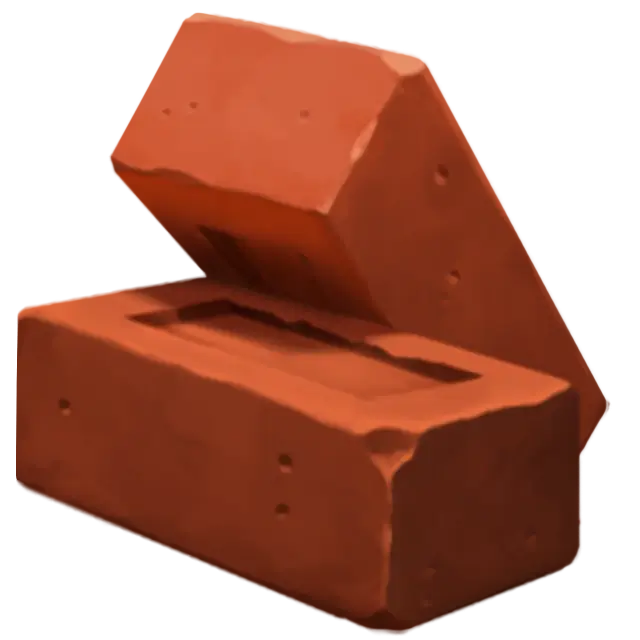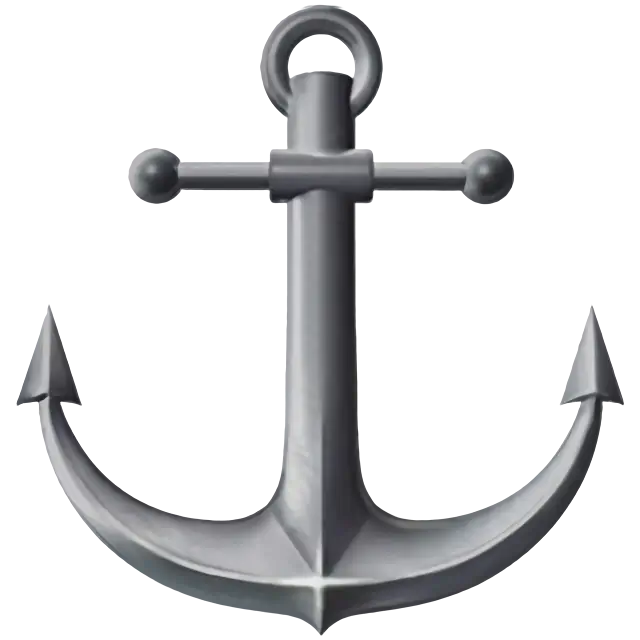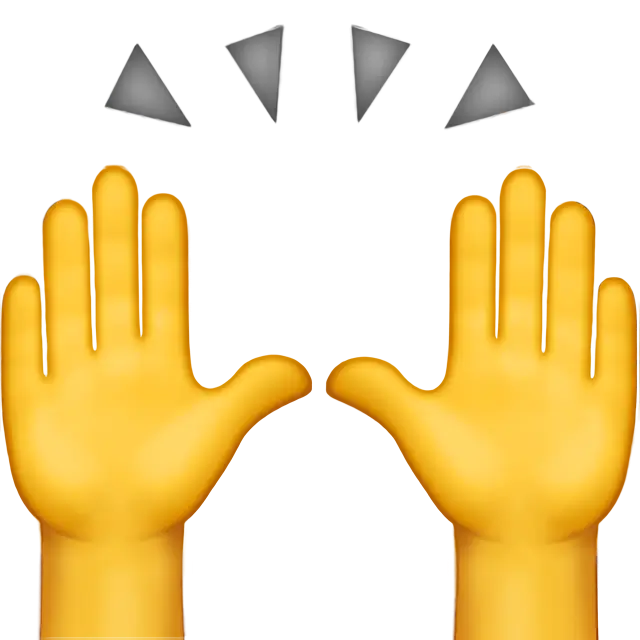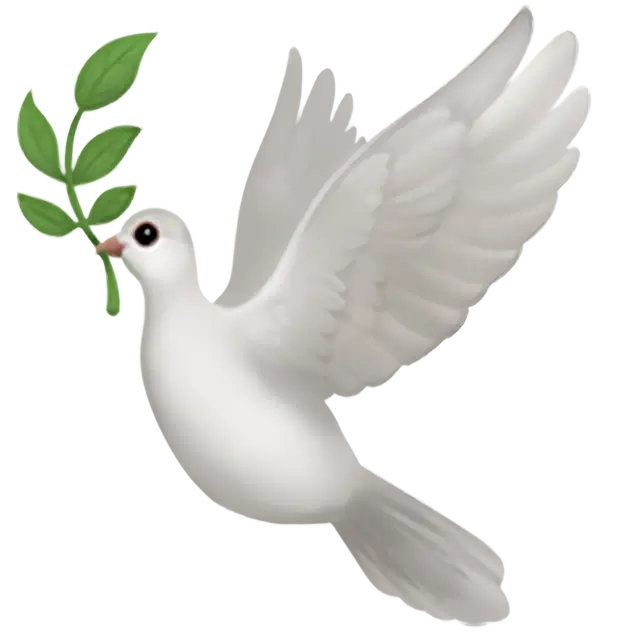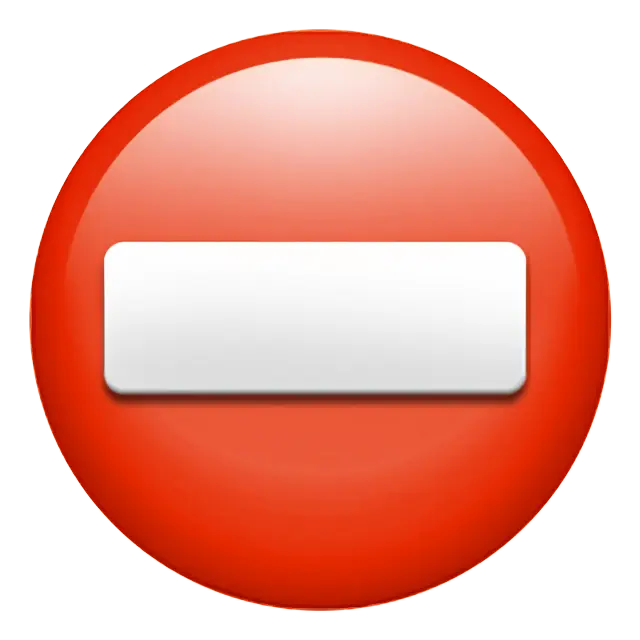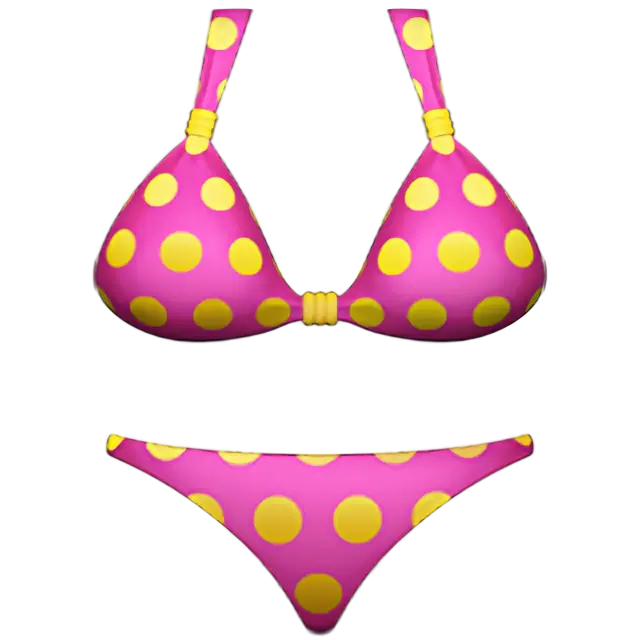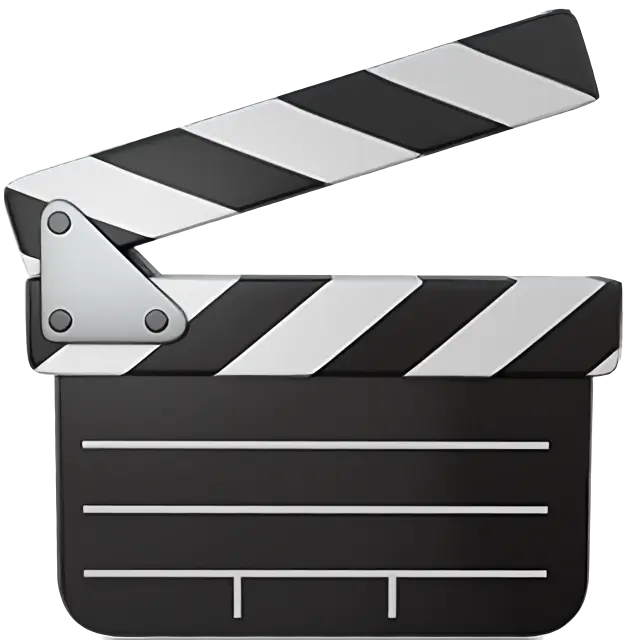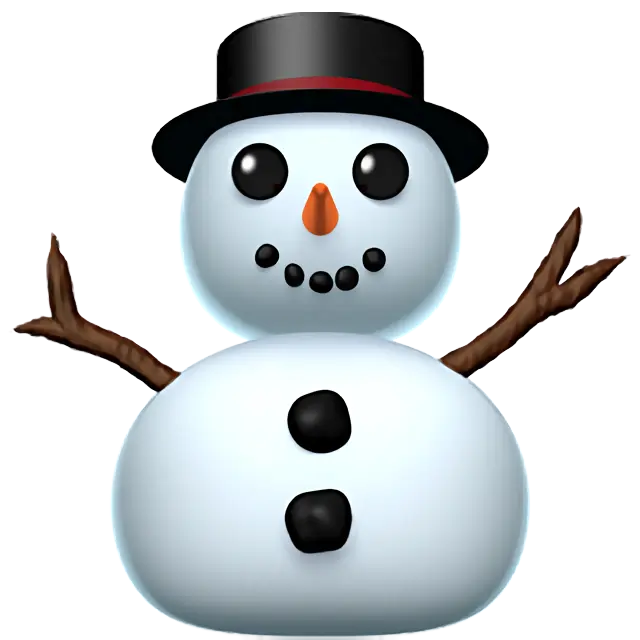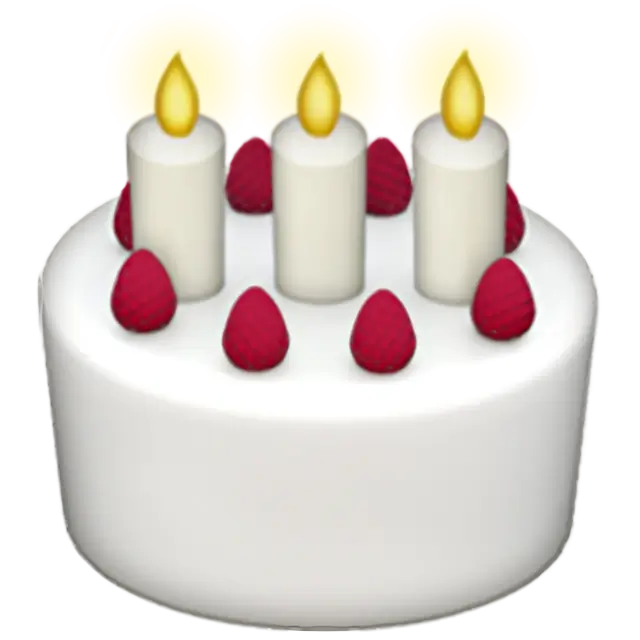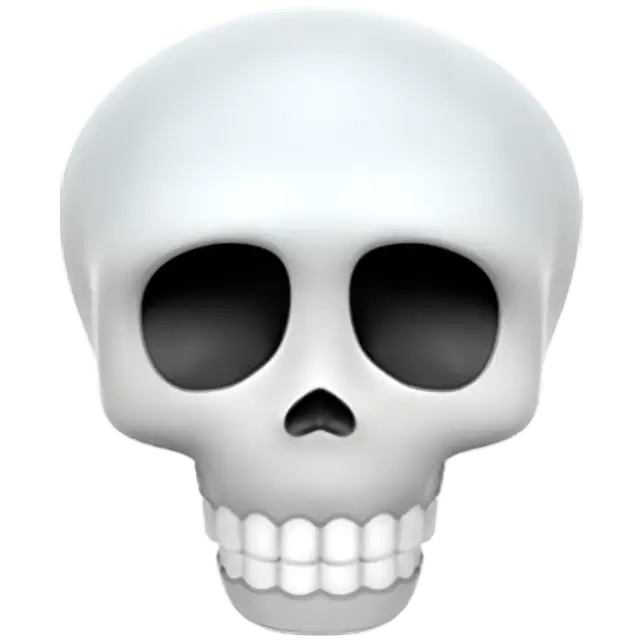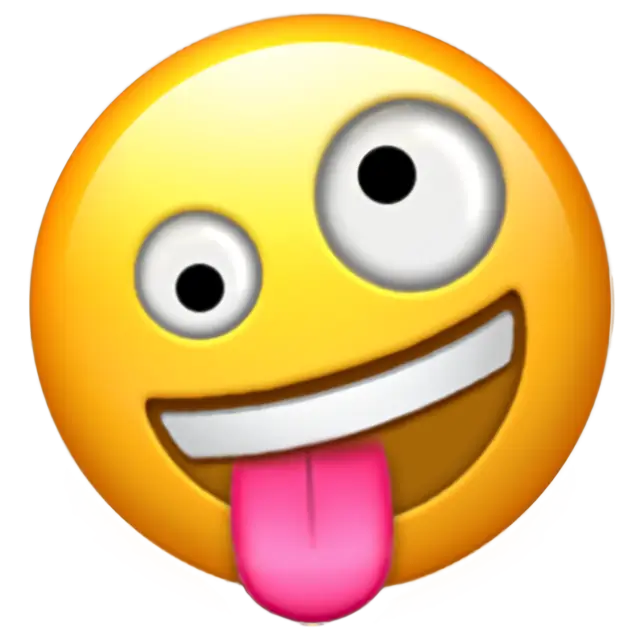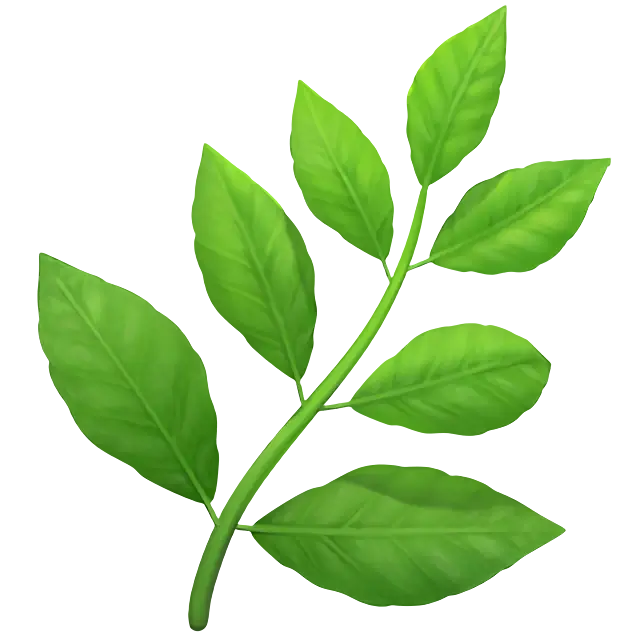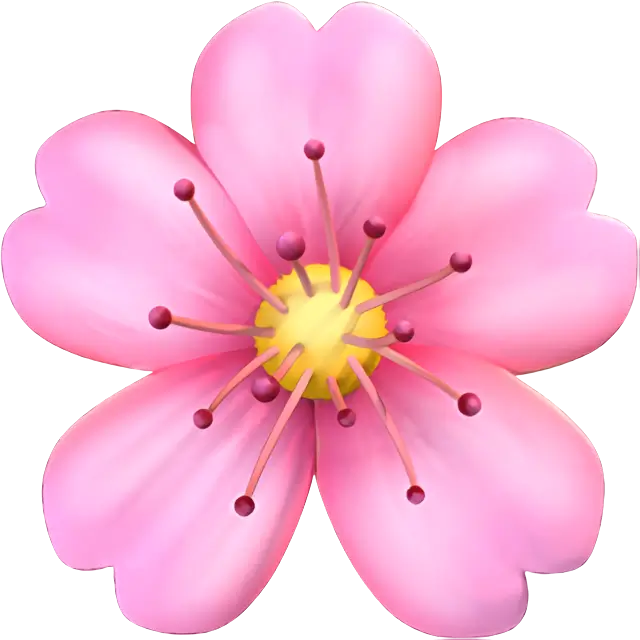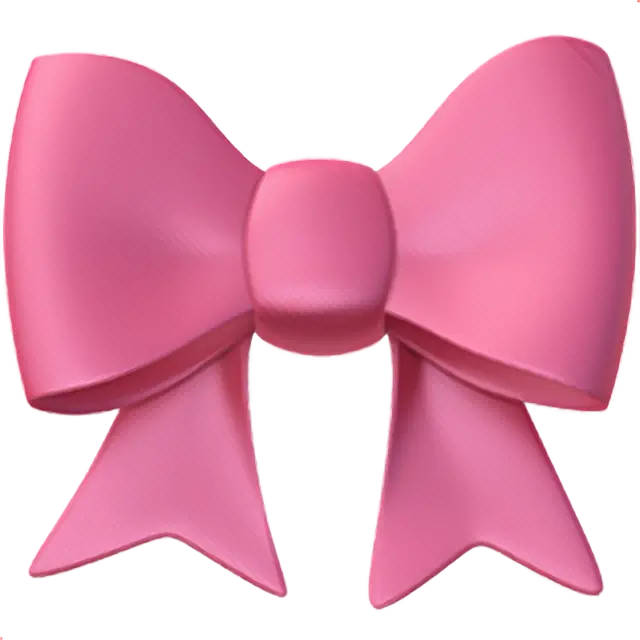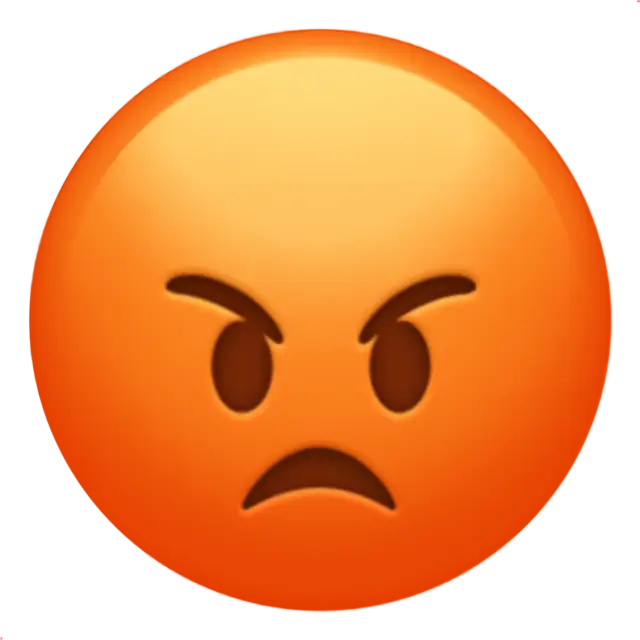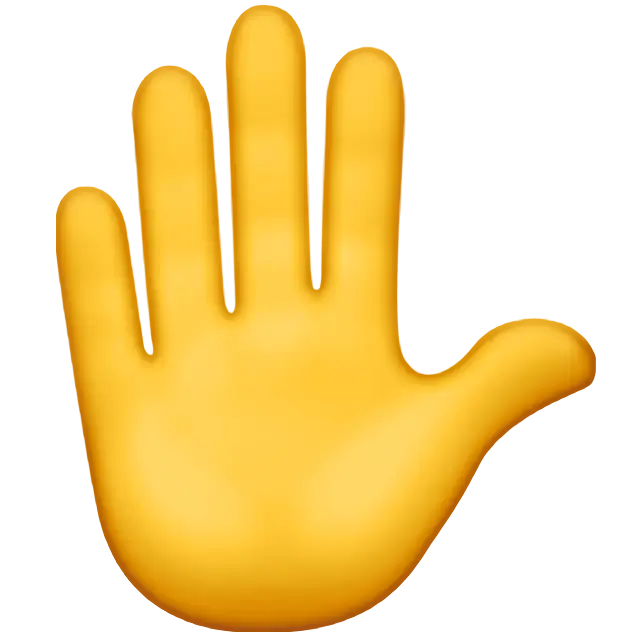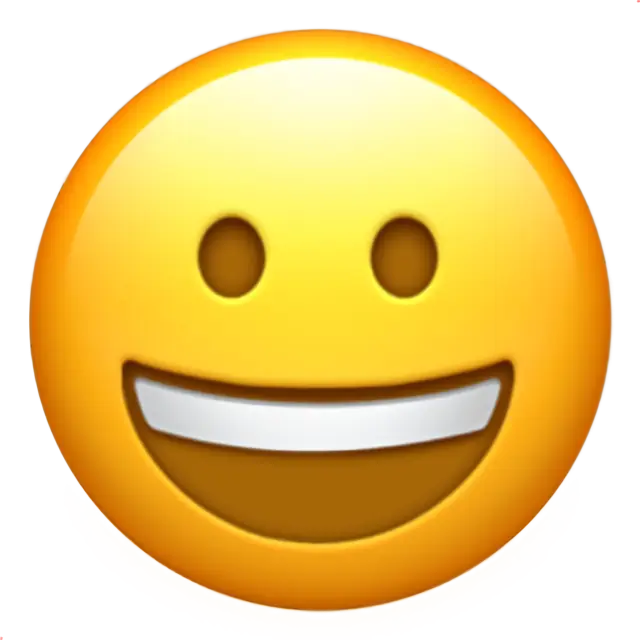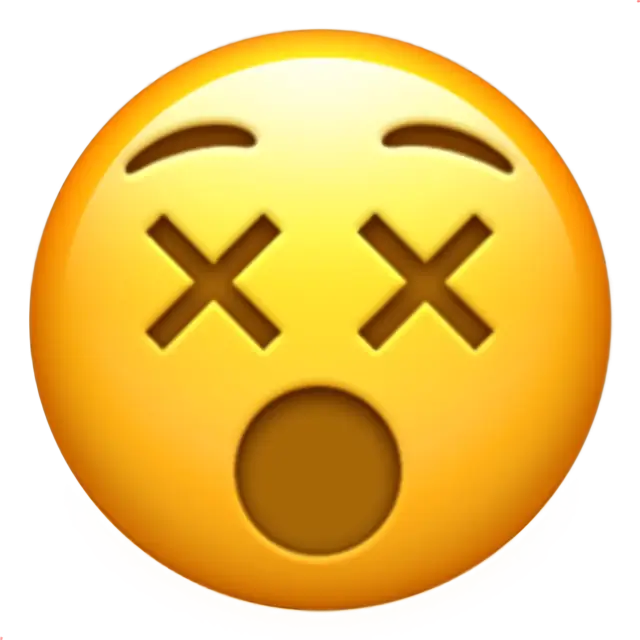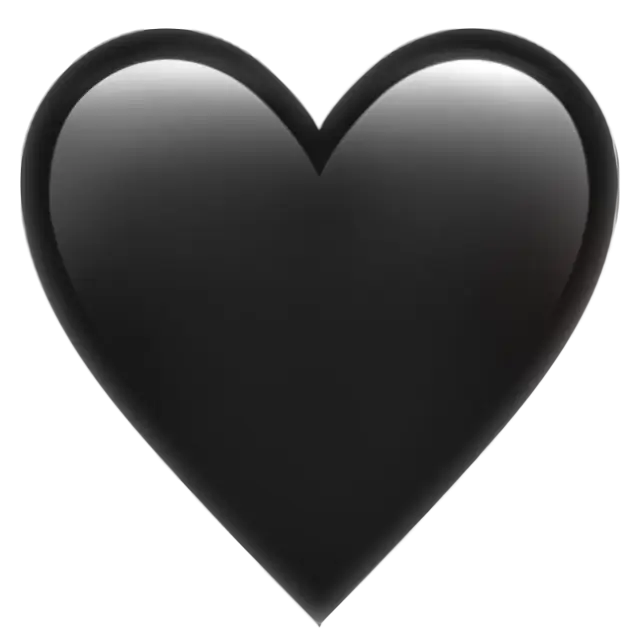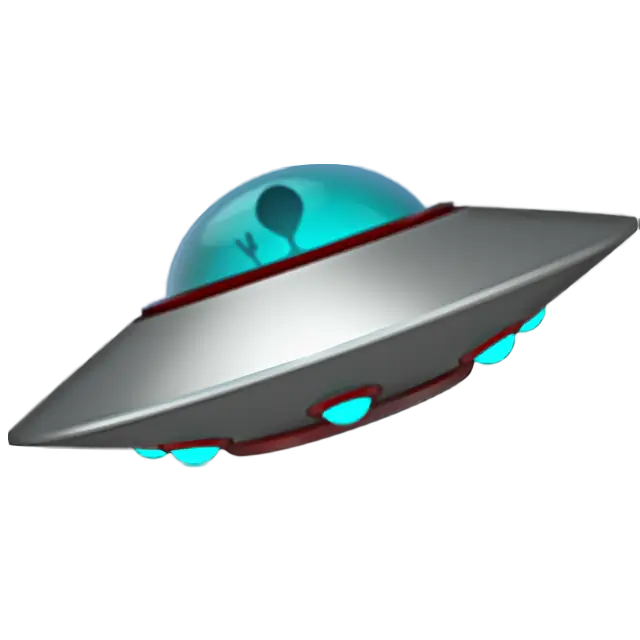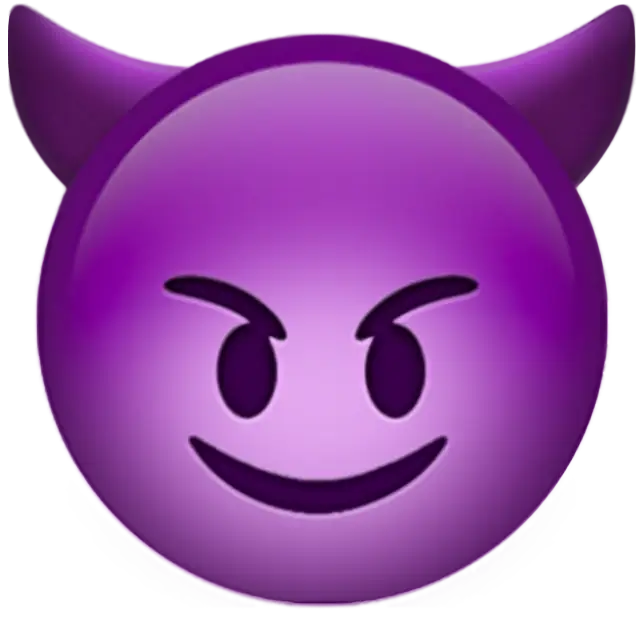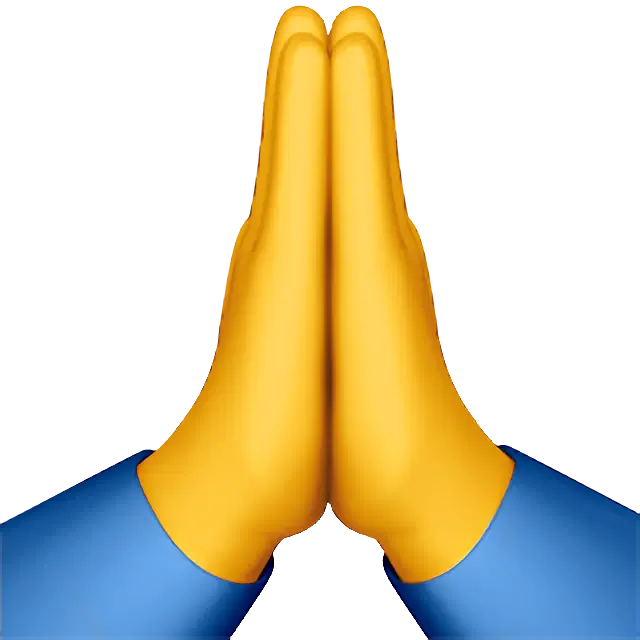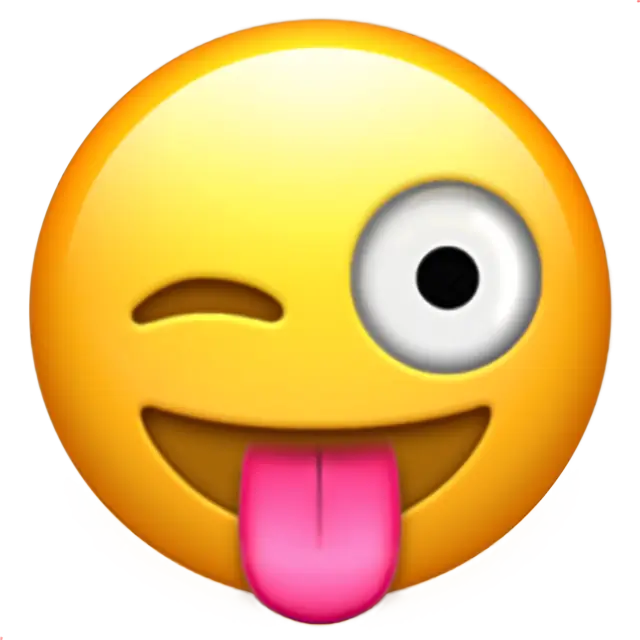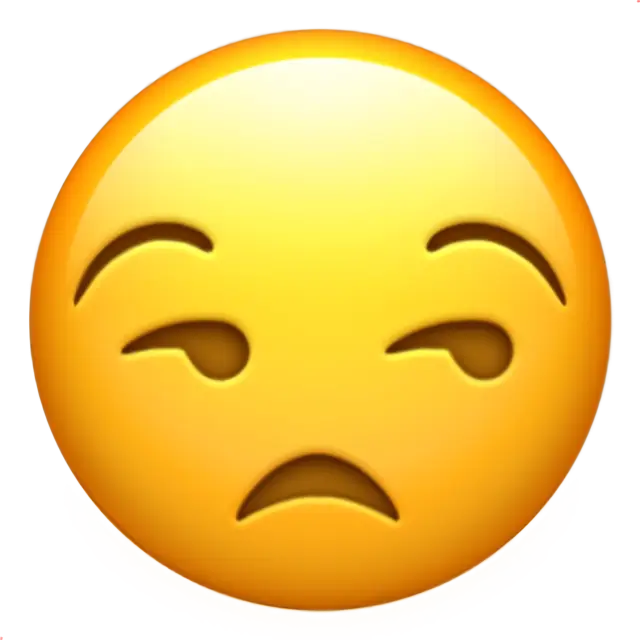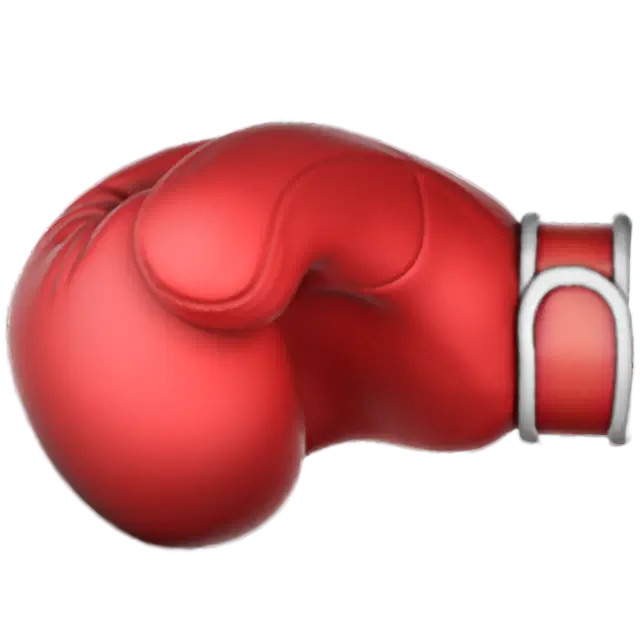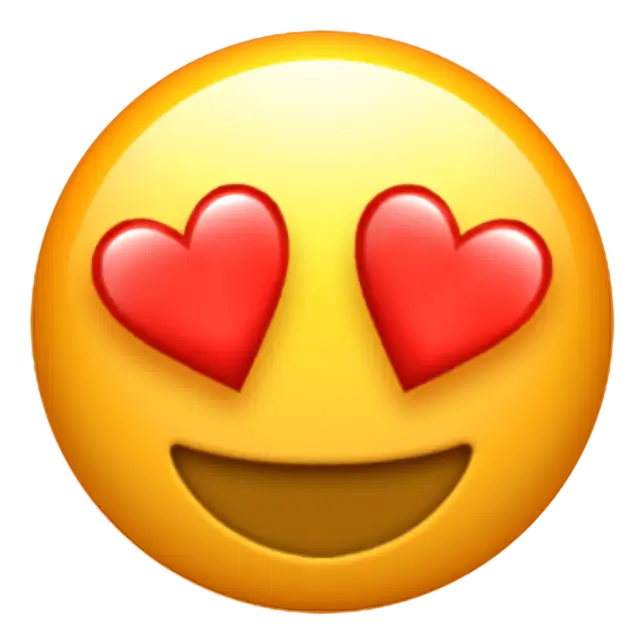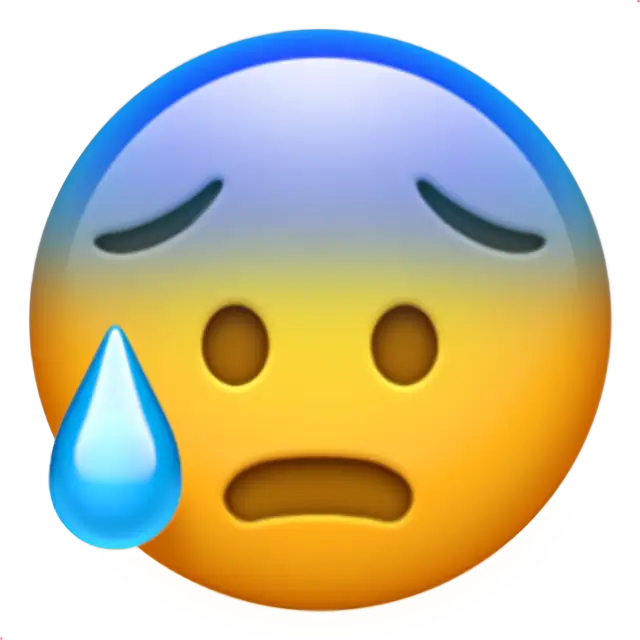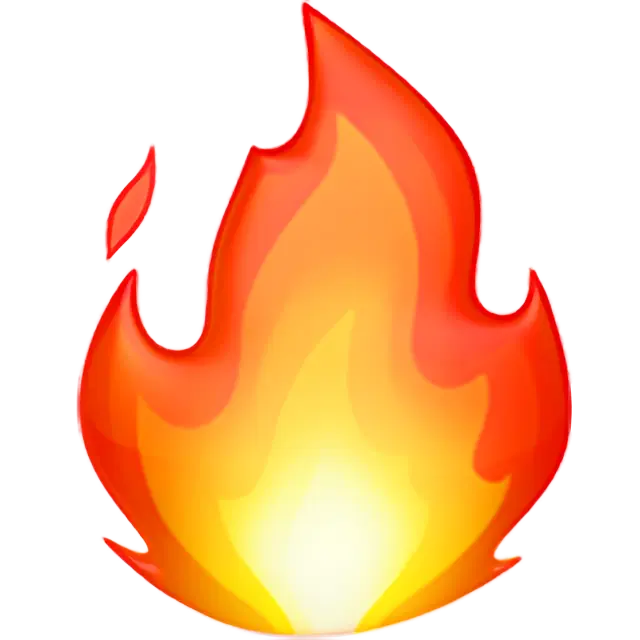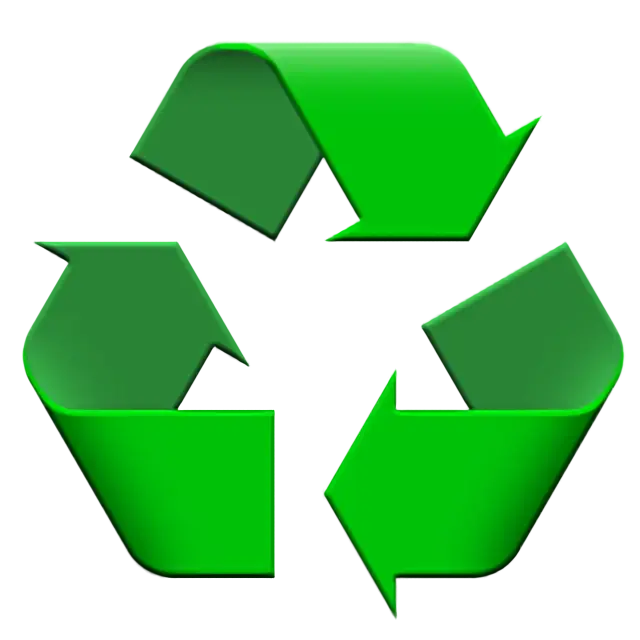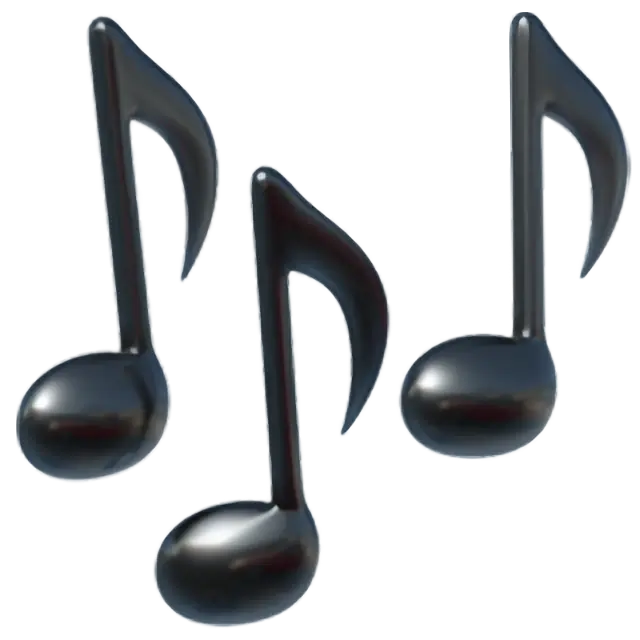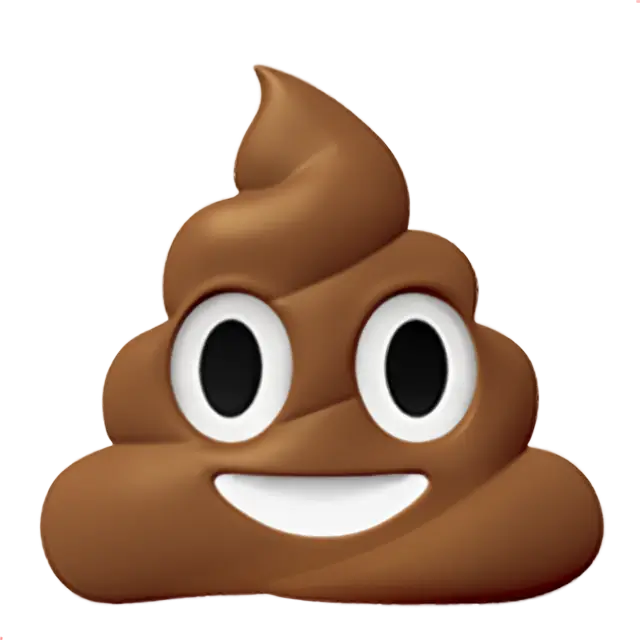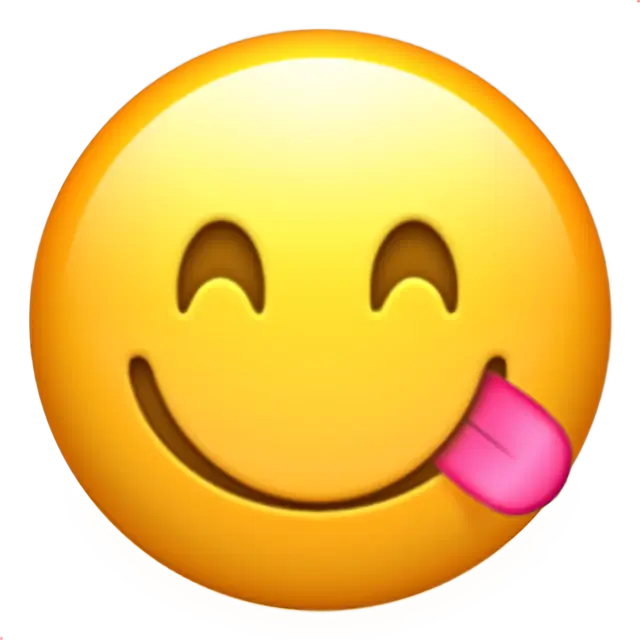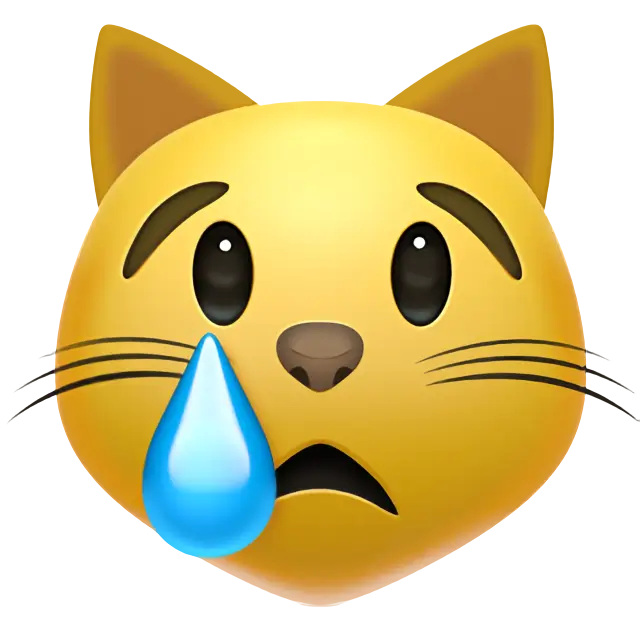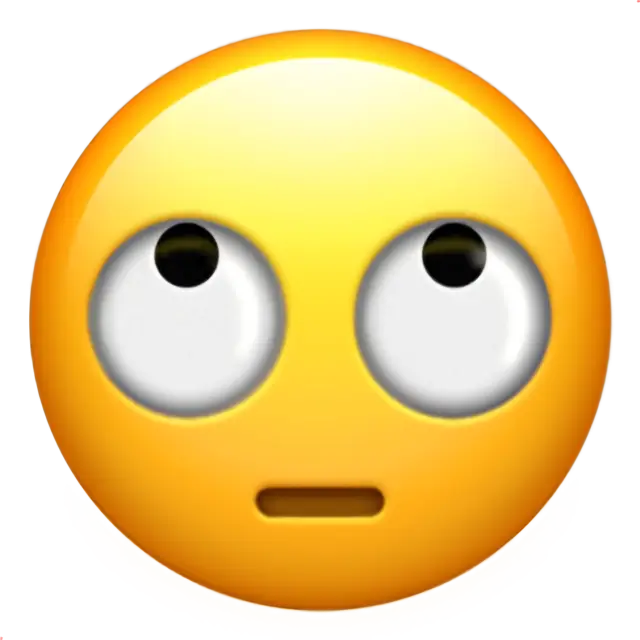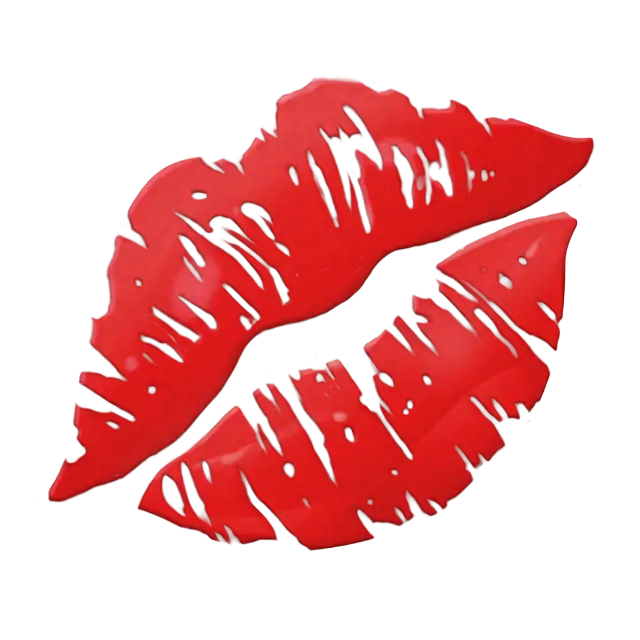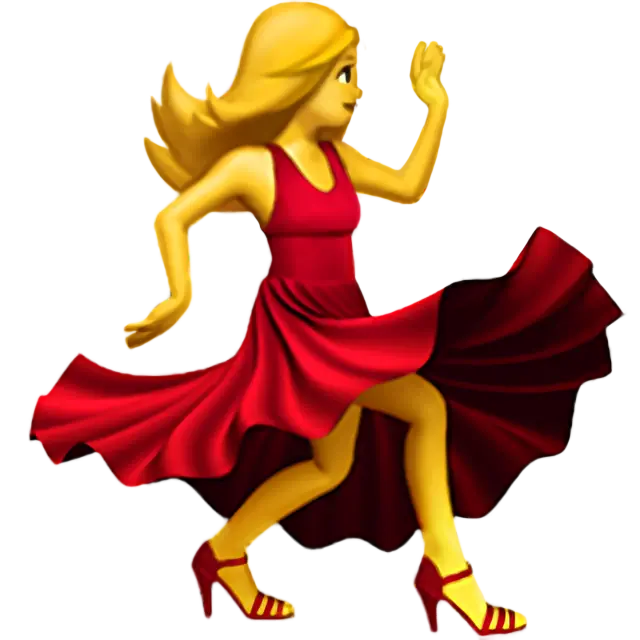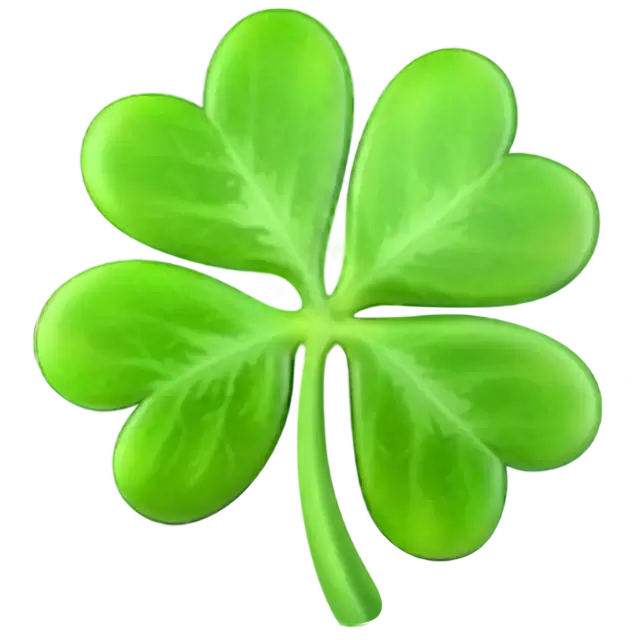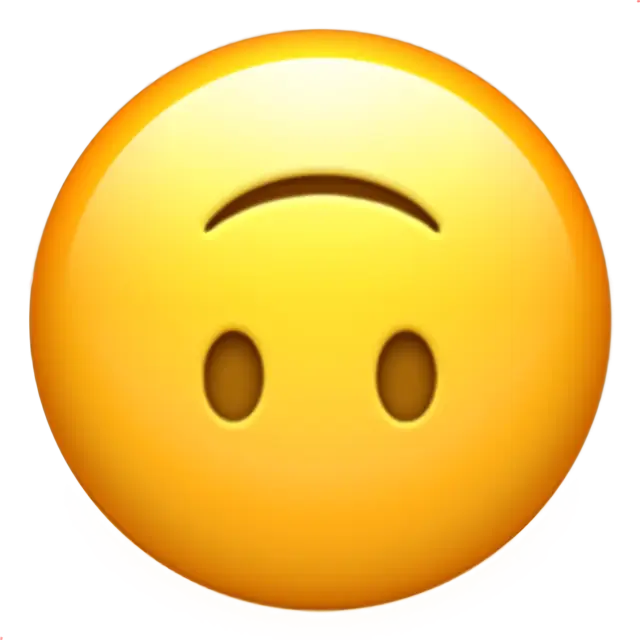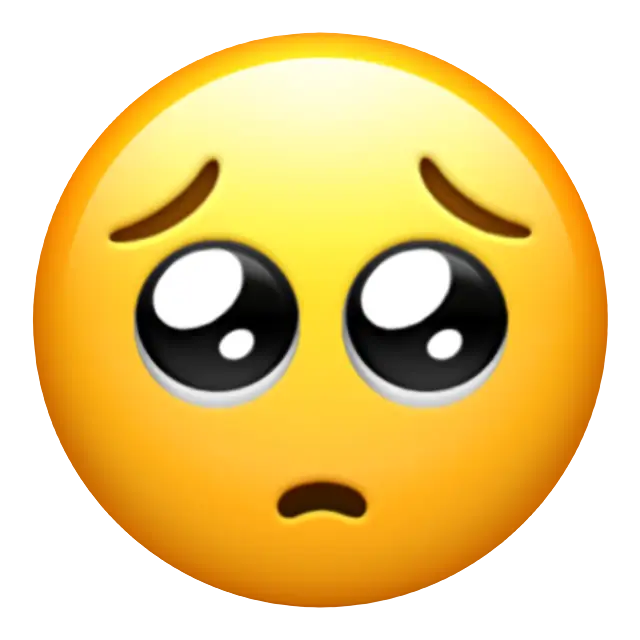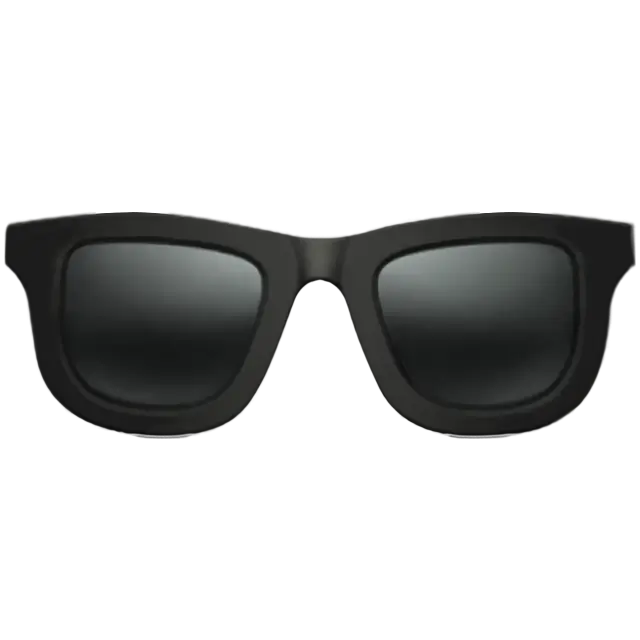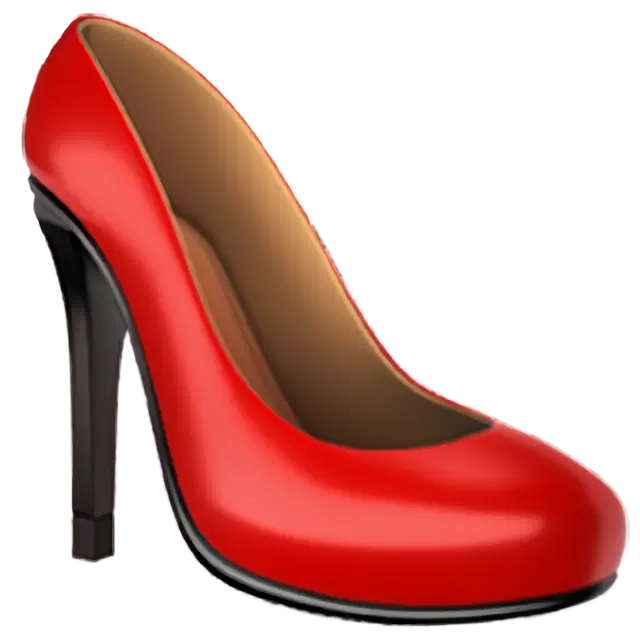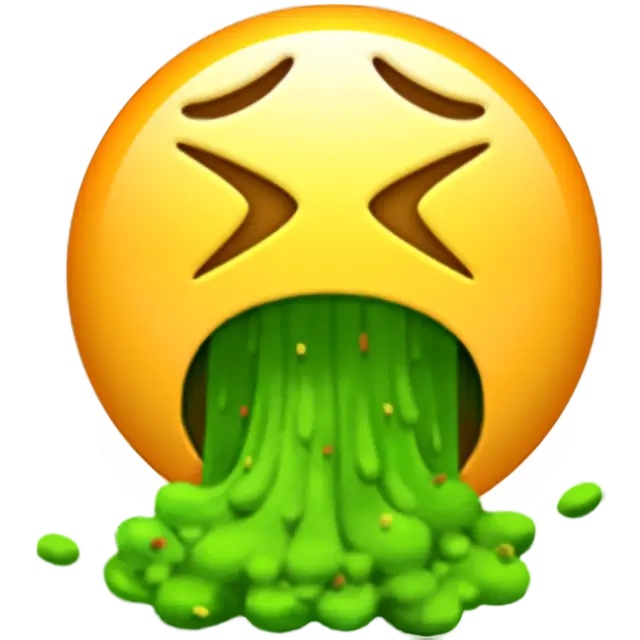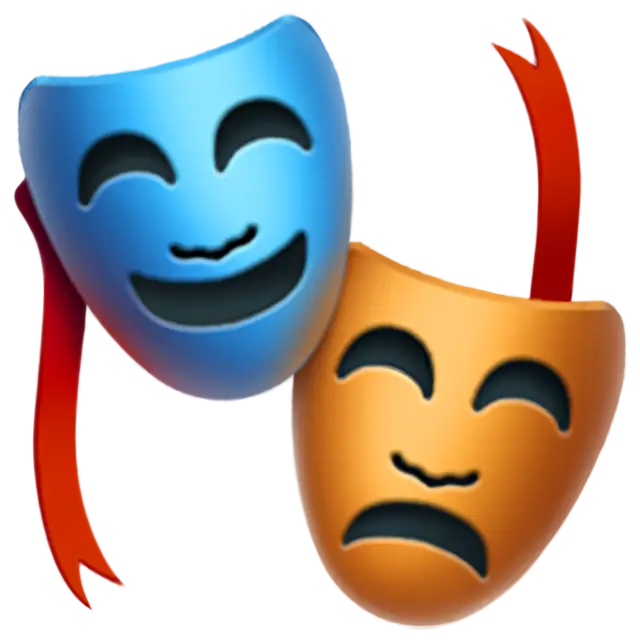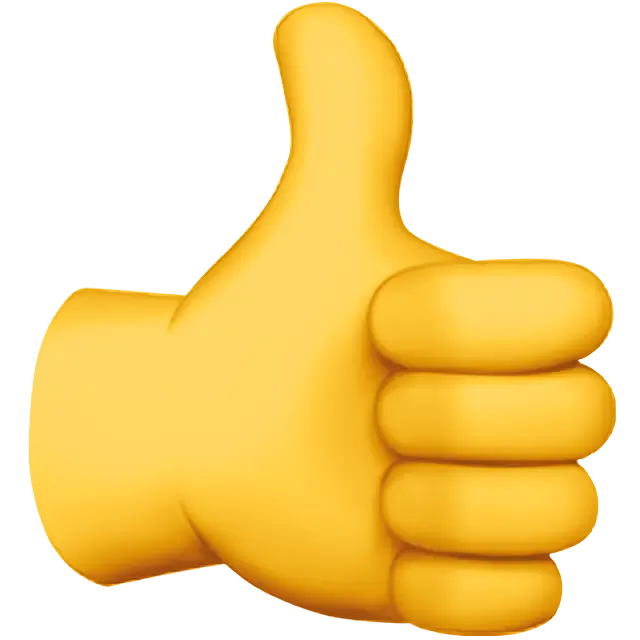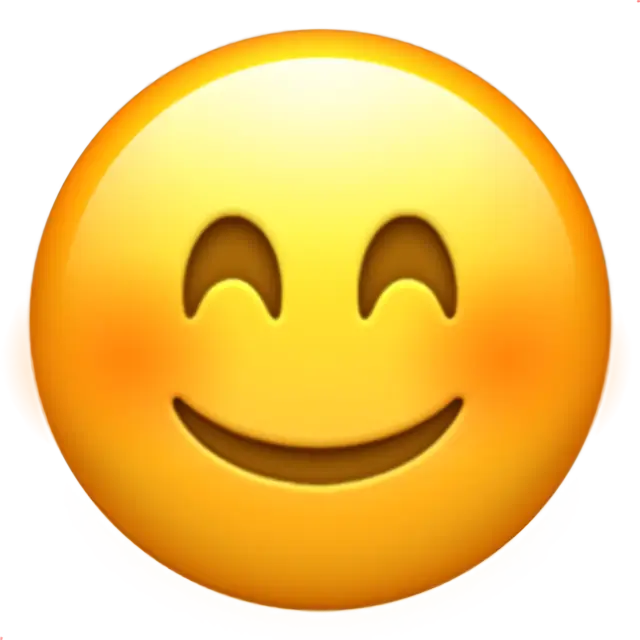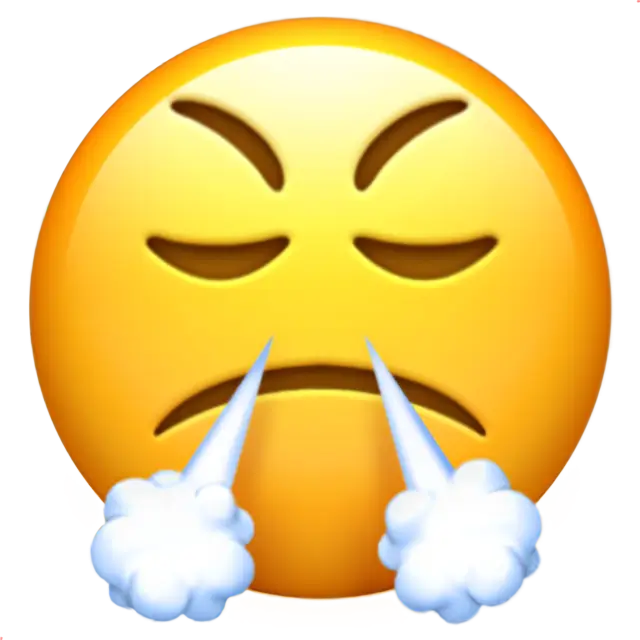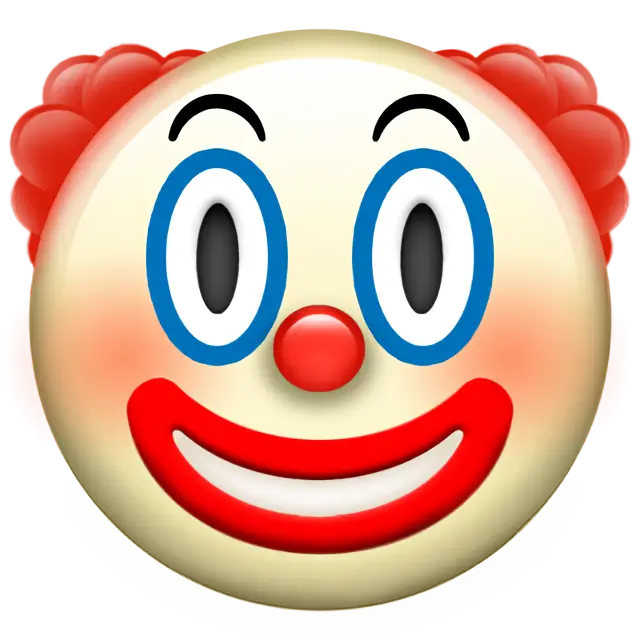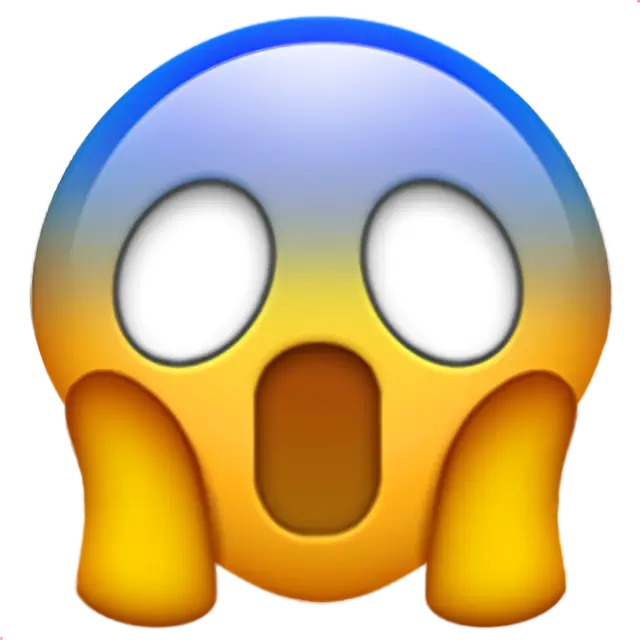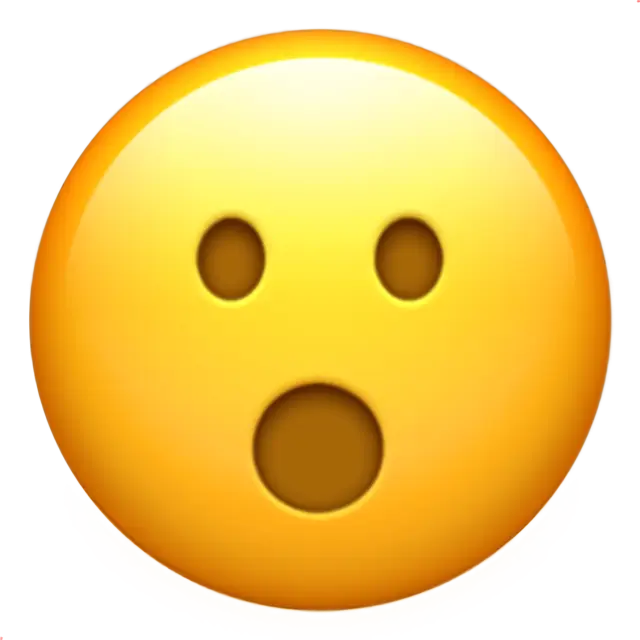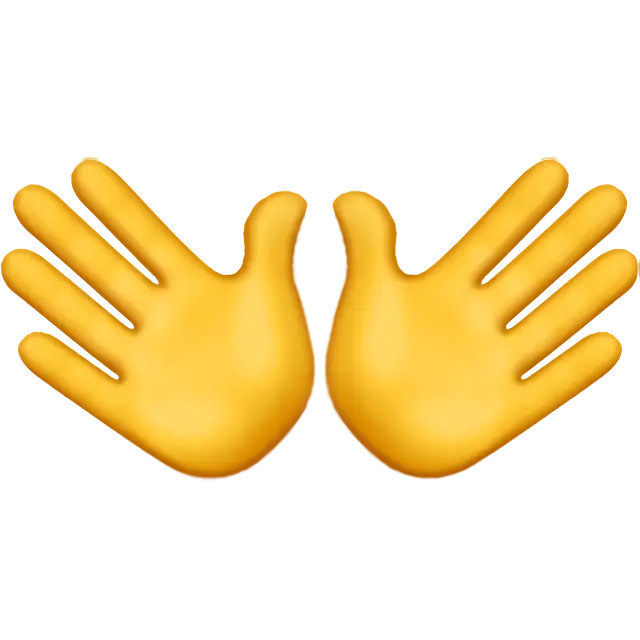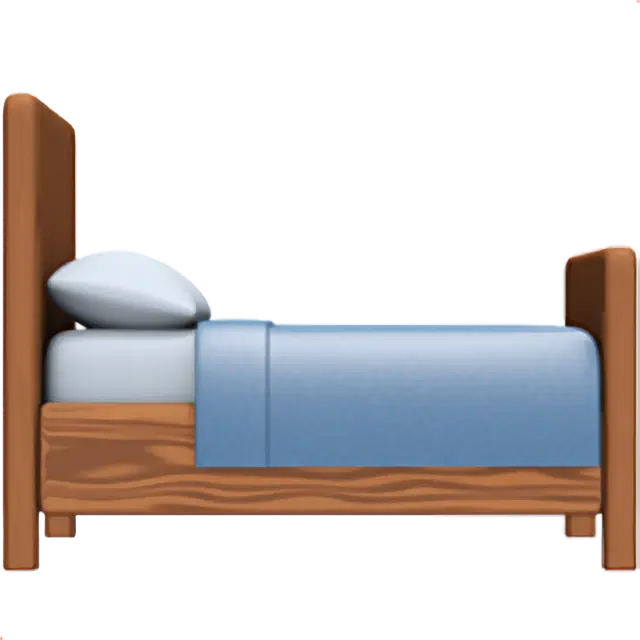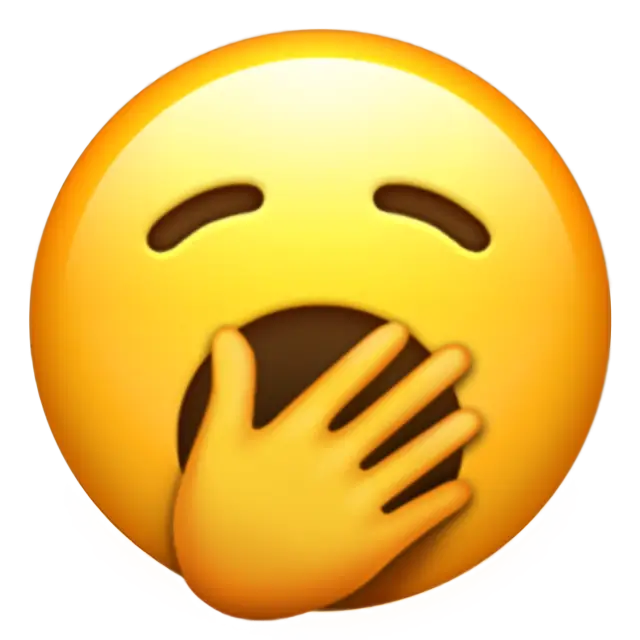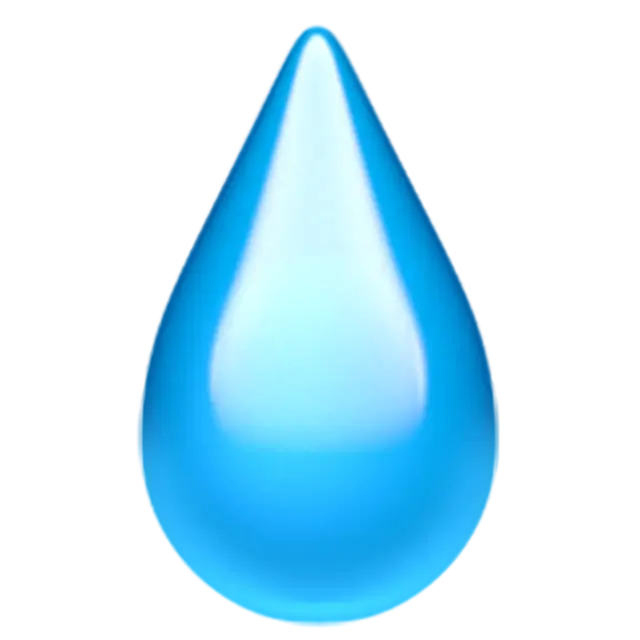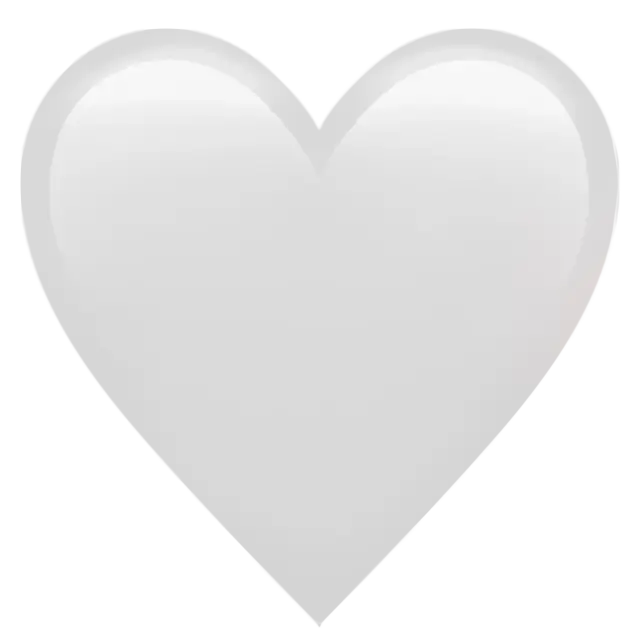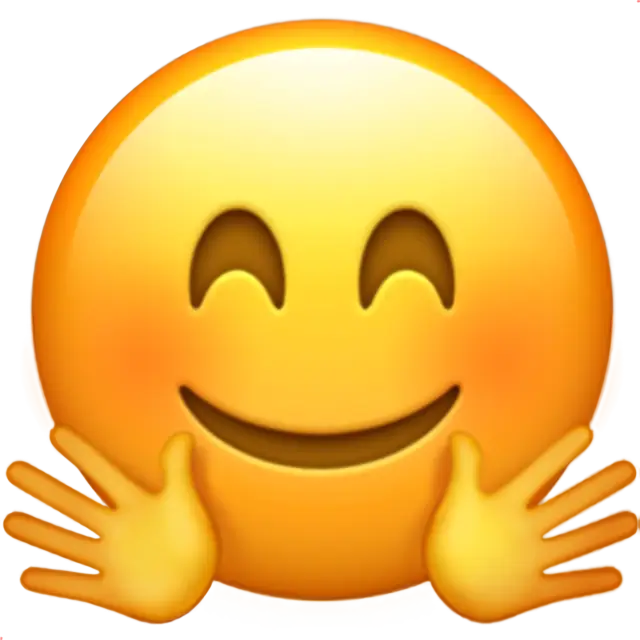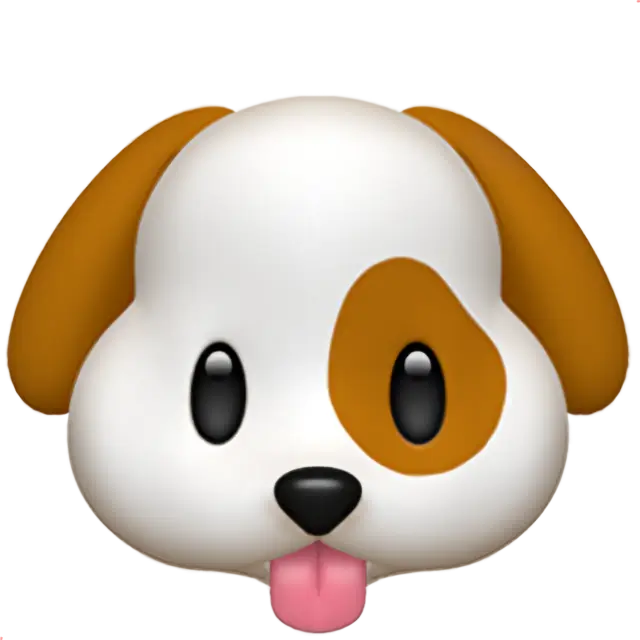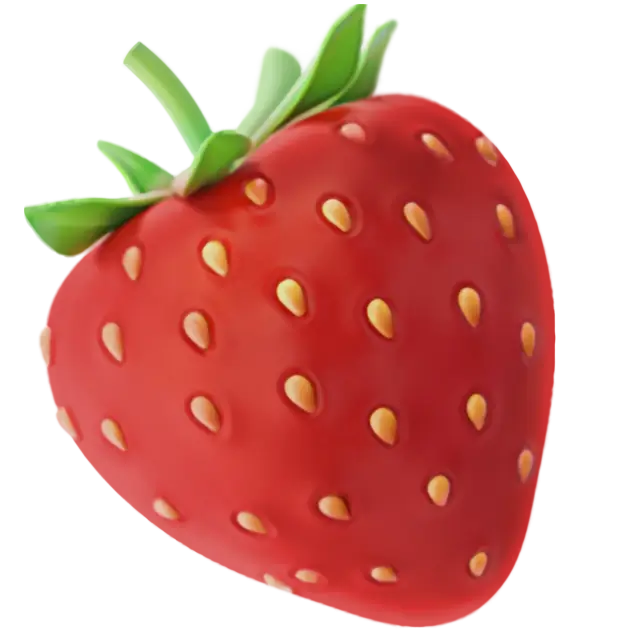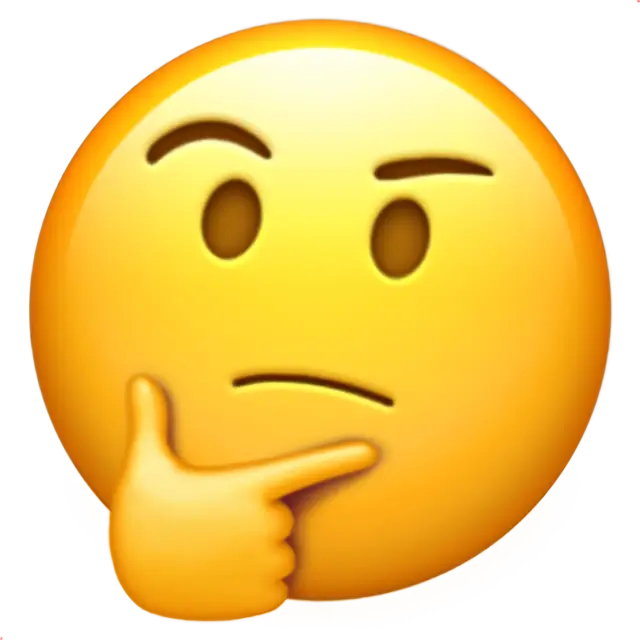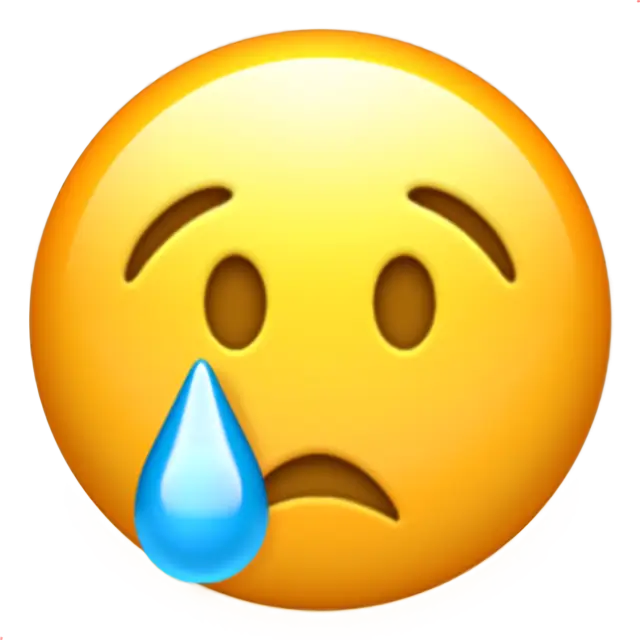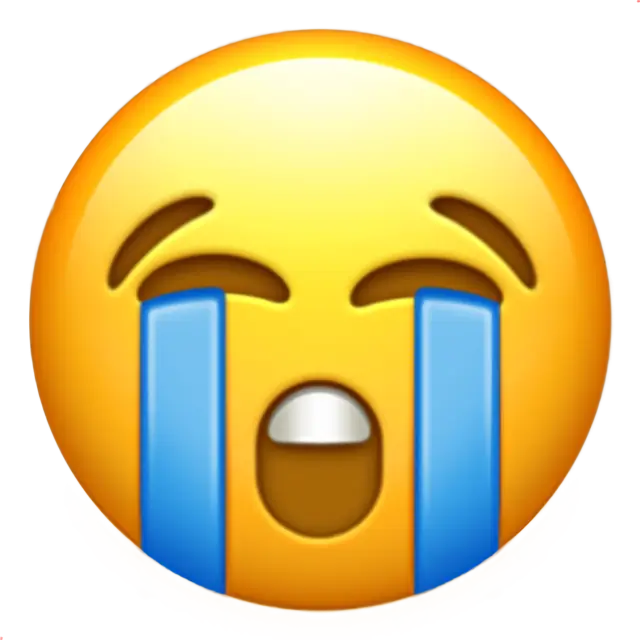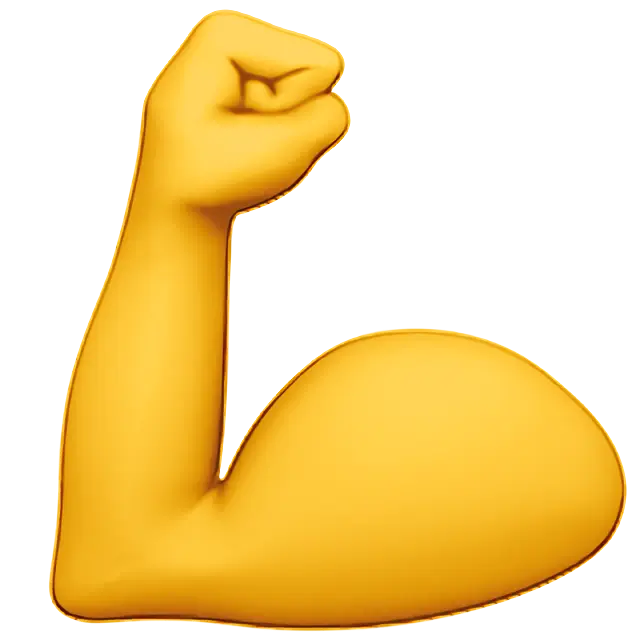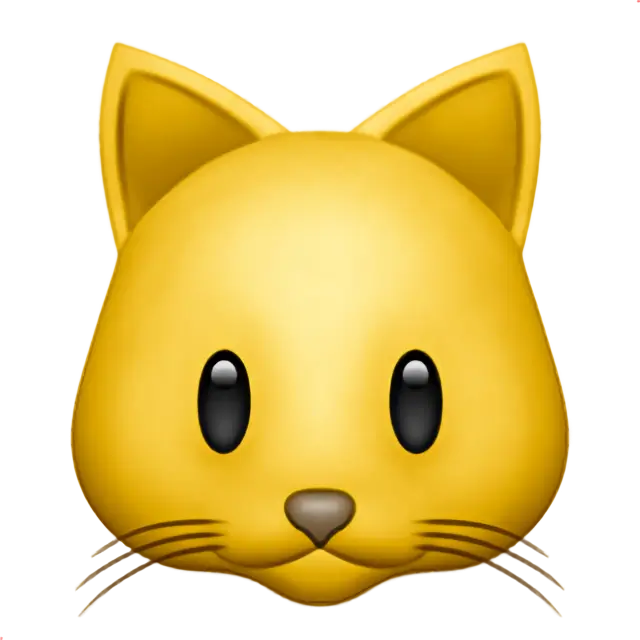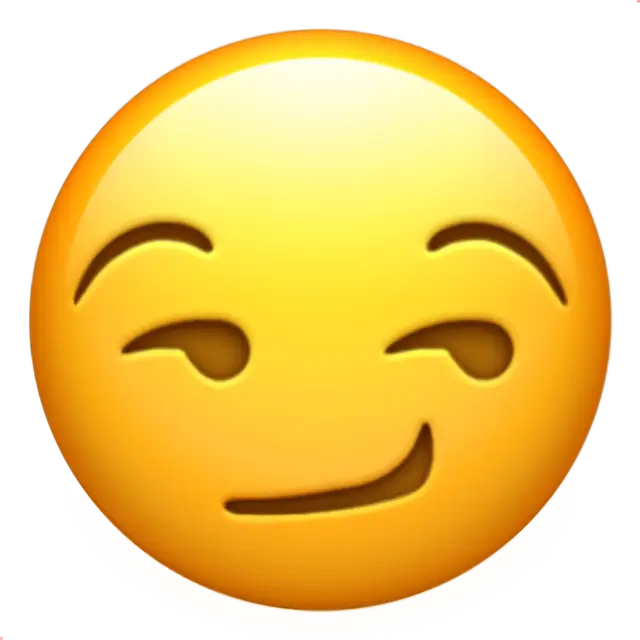Quotation Marks Symbols
-
“Left Double Quotation Mark
-
❝Heavy Double Turned Comma Quotation Mark Ornament
-
”Right Double Quotation Mark
-
»Right-Pointing Double Angle Quotation Mark
-
❞Heavy Double Comma Quotation Mark Ornament
-
«Left-Pointing Double Angle Quotation Mark
-
❯Heavy Right-Pointing Angle Quotation Mark Ornament
-
’Right Single Quotation Mark
-
›Single Right-Pointing Angle Quotation Mark
-
❮Heavy Left-Pointing Angle Quotation Mark Ornament
-
‟Double High-Reversed-9 Quotation Mark
-
‘Left Single Quotation Mark
-
‚Single Low-9 Quotation Mark
-
⹂Double Low-Reversed-9 Quotation Mark
-
„Double Low-9 Quotation Mark
-
❛Heavy Single Turned Comma Quotation Mark Ornament
-
❜Heavy Single Comma Quotation Mark Ornament
-
‹Single Left-Pointing Angle Quotation Mark
-
〞Double Prime Quotation Mark
-
〝Reversed Double Prime Quotation Mark
-
\Reverse Solidus
-
"Fullwidth Quotation Mark
-
‛Single High-Reversed-9 Quotation Mark
-
❟Heavy Low Single Comma Quotation Mark Ornament
-
〟Low Double Prime Quotation Mark
Tired of your nickname in games or social media not getting attention? Generate a unique nickname for yourself!
Quotation Marks meanings
This page contains quotation marks of all kinds extracted from different Unicode sections.
This punctuation mark is a paired one. They designate a direct speech, or a word that is used in a meaning that does not correspond to the usual speech, for example, in the opposite. There are several kinds of quotation marks. Names went from the country where they were invented and from the similarity of the outline with some objects.
In different scripts different quotation marks are used according to ... Probably, traditions. Yes, there are punctuation rules, but they do not stipulate the form. There are norms of typographical set for which ordinary people can nachat. So, by tradition, we (in Russia) are using “Christmas tree” quotes. If you want to put them inside an already quoted part of the text, the symbols of the external and internal must be different. Embedded are the “paws” («„…“»). In addition, when writing by hand and in print, the form may not be the same. In the good old days, when I was still writing with my hand, always used the so-called Polish (see below). However, and the font does not exactly match the quotation marks.
Introduce the rules for quotation marks, for Slavic scripts, the first was Constantine the Philosopher. In the XV century, he wrote a treatise on the writing. There it was suggested that the quotations from some church texts should be marked with special symbols. The images of these symbols were very similar to the modern quotes “Christmas trees”.
Kinds:
Use in different languages. The rules are not strict (if at all), do not be surprised if they are poorly observed. It is more interesting, why in Sweden not Swedish backquotes are used. Basic and spare (put inside the main, if necessary):
Quotation Marks in Different Countries
Hebrew " … " / ' … ' ' … ' / < < … > >
Many of these icons are symmetrical in the horizontal plane. Even if the entire text is inverted, they will remain unchanged.
Quick Copy-Paste Board — Common Quote Symbols
| Description | Symbol | HTML Entity / Unicode |
|---|---|---|
| Straight double quotation marks (basic quotation marks symbol) |
" | " | U+0022 |
| Straight single quotation mark / apostrophe | ' | ' | U+0027 |
| Left curly double quotation mark (“fancy quotation marks”) |
“ | “ | U+201C |
| Right curly double quotation mark | ” | ” | U+201D |
| Left curly single quotation mark | ‘ | ‘ | U+2018 |
| Right curly single quotation mark | ’ | ’ | U+2019 |
| Double angle quotes (French / Spanish quotation marks) |
« » | « » | U+00AB / U+00BB |
| Reversed double angles (“swedish christmas tree” style) |
» « | U+00BB / U+00AB (mirrored order) |
| Japanese corner quotes | 「 」 『 』 | U+300C–F |
| Quote emoji / speech balloon | 💬 | U+1F4AC |
Language Variants & “Speech Marks Symbol” Guide
- English & American — default curly “double” for primary quotations; ‘single’ for quotes within quotes.
- British / Australian inverted commas — often swap: ‘single’ outside, “double” inside.
- French quote marks — « guillemets » with non-breaking thin spaces inside.
- Spanish quotation marks — «guillemet» or “curly”, plus «-» style dialogue dashes.
- Japanese speech marks — 「kakko」 for outer quotes, 『double-kakko』 nested.
- German & Swedish “Christmas tree” — „low-high double quotes“ or »angle pairs«.
Using Single vs Double — Quick Rules
- Main quotation ➜ double curly “ ” (US style) or single ‘ ’ (UK style).
- Quote inside a quote ➜ invert the pair: “He shouted, ‘Stop!’”.
- Titles, irony, or “scare quotes” — choose doubles for clarity.
- Technical strings / code — straight quotes “ ' avoid smart punctuation issues.
- When to use single quotation marks? Headlines, newspaper scare quotes, measurements (5' 8“).
Fancy & Aesthetic Quotation Characters
For quotation aesthetic, social posts, or graphic design try these alternates:
- ❝ ❞ — Heavy double quotes (U+275D/U+275E)
- ❛ ❜ — Heavy single quotes (U+275B/U+275C)
- ⹂ — “Right-pointing double angle quotation mark symbol” (U+2E42)
- ﹁ ﹂ — Chinese low/high quotes
- „ ‟ — German low-double quotes & “double prime” style
- " ' — Full-width variants for monospaced CJK layouts
Technical Corner — Alt-Codes & Backwards Apostrophe
| Character | Windows Alt-code | Note |
|---|---|---|
| “ | Alt + 0147 | Left curly double |
| ” | Alt + 0148 | Right curly double |
| ‘ | Alt + 0145 | Left curly single |
| ’ | Alt + 0146 | Right curly single (often the backwards apostrophe copy-paste target) |
| « | Alt + 0171 | Left guillemet |
| » | Alt + 0187 | Right guillemet |
End Mark, Quote Sign & “Quote Mark with Round Circle”
- End mark copy and paste: many writers simply reuse ” to close; typographers may add an em-dash — like so.
- The rarely used “quote mark with round circle” usually points to U+1F4AC
 quote emoji for speech-bubble aesthetics.
quote emoji for speech-bubble aesthetics. - Quotation mark sign / quotation icon in icon fonts (e.g. Font Awesome: <i class=“fa fa-quote-right>).
How to copy & paste Quotation Marks
Hover your mouse cursor over the emoticon or character you like, or tap on it from your phone and press “Copy”.
- I love the ‘decorations’ you put up for the party
- Song: “Yesterday”
- „Simplicity is the ultimate sophistication“. — Leonardo da Vinci
- In this context, «data» refers to collected information
- Academic Skills, University of Melbourne. ‘Using quotation marks’

